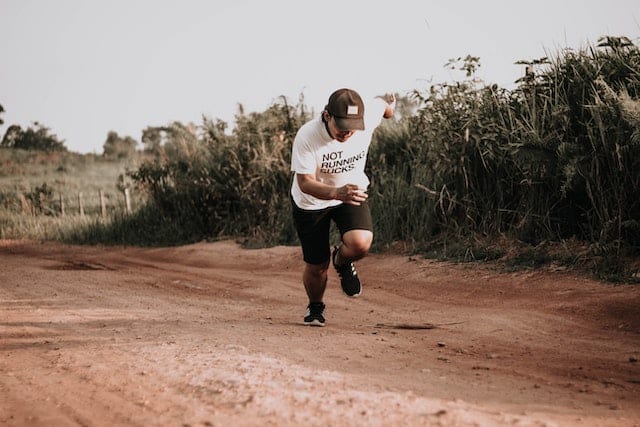
Contents
Upping your mile time with mile pace training, interval training, running routine alterations and more
As somebody who engages in fitness, you should also be looking to up your game. It’s long been said that working towards goals is an absolute must, no matter the progression. From the moment your feet hit the ground, you’re developing a walking style and ability, and because it’s natural, I’d argue that goal setting is too.
Because you’re a runner, you’ll have already increased your abilities so far. So, when you begin to plateau… why would you stop there? A goal mile pace is a brilliant thing to work towards. In fact, other than time increases, it’s the only classic running progression around.
In order to increase your mile time, you’ll need to employ a few forward-thinking techniques, however. Steady pace training, higher mile race practices, and, to oppose, some shorter distanced fast mile race pace run throughs.
So, let’s run through them now.
Interval training
Let’s say you have a good running form down to a tee, your diet is optimised, and you’re well-rested. Now you need to focus on training routines, schedules, and approaches – if the key is consistency, then the lock is training variety; these modes of training will only work if you maintain active engagement.
So, first up, we have interval training.
This type of running session is also called HIIT (high-intensity interval training). A popular method amongst pro runners, interval training allows you to run faster and increases levels of endurance.
A routine could look a little like this –
On a track, you might run several 200-meter sprints (1/2 lap) or 400-meter sprints (full lap) with a short recovery in between each effort.
You can use hill sprints, increase time over the same distance, and essentially acclimatise your body to increased levels of performance (both short-term high-intensity and longer-distanced endurance goals)
Strength training
To accompany high-intensity workouts, you could use strength training techniques to boost overall performance. Most runners and, in fact, most people know that stronger biological systems equal an overall performance boost. Of course, cardiovascular systems (respiratory mechanics and aerobic mechanics) should also be improved. However, if you build your muscle strength, you’re building muscular endurance, which, from at least one perspective of strength benefits, decreases the amount of oxygenated blood required for muscular functionality. In short, you’ll experience less muscular fatigue the stronger you are.
So, why not try this list of strength-building exercises now?
- 10 to 15 push-ups
- 10 front and side lunges
- 10 single-leg squats on each leg
- Finish with a 1-minute plank
Stability and balance are also a big facet of strength training; everything needs a solid base from which to perform. Proper form, of course, features strong baseline support muscles and being balanced is, well… useful.


Conclusion
Whether you want to lose excess weight, practice running to achieve goals or learn a new training session technique, learning to run faster is learning to run smarter too. Do the right thing and incorporate speed work into your routines now.
FAQs
Why does using shorter strides help with run speed?
Shorter strides leave fewer increments and, therefore, less time off of the ground. Longer strides can also lead to fatigue quicker due to higher strength requirements.